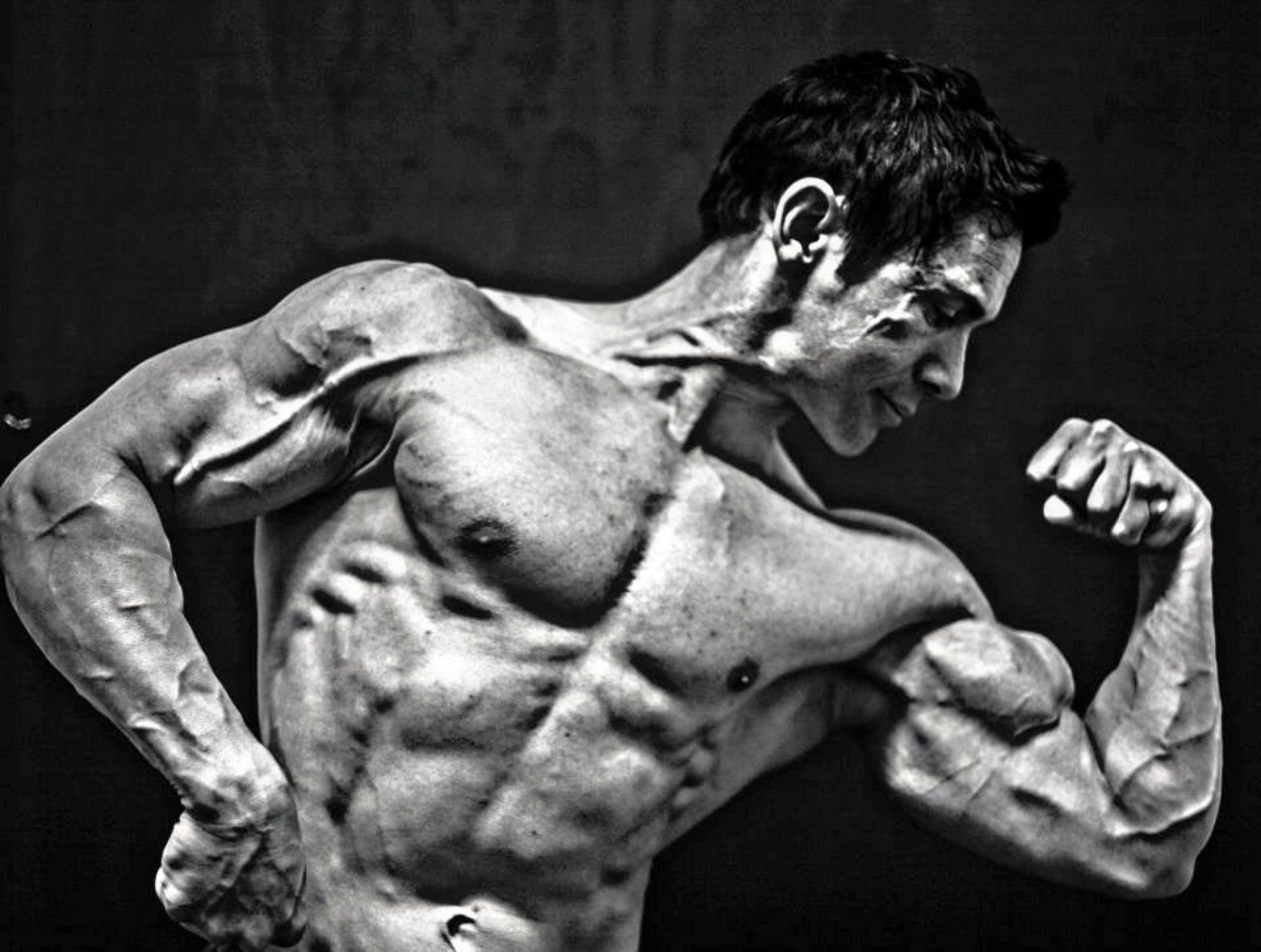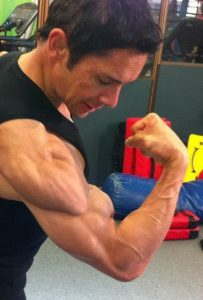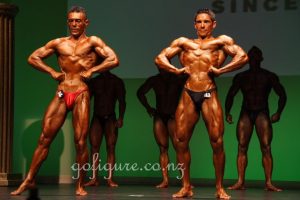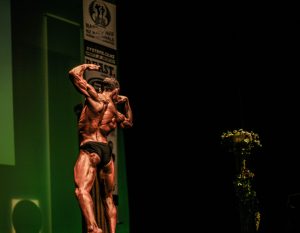
I don’t know if it’s just me but I feel we are in the age of “instant gratification” where society has made it so easy to acquire anything you want at the right price. Although that maybe fine when you want the latest computer, playstation or mobile phone I think that this paradigm permeates into other aspects of the psyche and creates a situation where we have guys today wanting to take illegal drugs like steroids to get big and strong without doing the time and the hard yards that it takes to do it naturally. I encourage anyone who wants to gain muscle and strength to do your research about training, dieting, supplements and lifestyle choices so you can reach your goals without the use of illegal drugs –it may take you longer but I feel it is well worth the wait and effort! If you are keen to take the natural path then try these tips below to boost your testosterone levels and potential for muscle growth and strength.
I am a huge fan of Charles Poliquin who is a top trainer of elite athletes in the states. He has a number of dietary and lifestyle strategies you could implement immediately (that cost you near to nothing) to enhance your natural testosterone levels.
- Make sure you are getting enough Vitamin D, zinc and magnesium in your diet to optimize internal body function and hormone production.
- Maintain a consistent sleeping routine and aim for around 8 hours a night. Not enough sleep each night can drastically reduce your testosterone levels.
- Include Omega 3 fats in your diet as they are conducive for optimum testosterone output, they reduce cortisol (a catabolic hormone) and help you utilise protein after training.
- Avoid foods that digest rapidly like processed carbohydrates (junk food, sugar, bread and some cereals for example). It has been shown that eating these foods on a regular basis promotes lower testosterone levels.
- Reduce stress to keep cortisol low as cortisol can block the positive effects of testosterone.
Some of the dietary strategies mentioned above can be obtained from a balanced diet, however as mentioned in a previous article- athletes can become deficient in essential nutrients under strenuous training conditions and stressful lifestyle situations so supplementation may be necessary. Other supplements that have shown promise during anecdotal and clinical research are:
- Calcium supplementation while performing a resistance training program has been shown to help to boost natural testosterone levels.
- Tribulus is a herb that has been used for decades by natural athletes, bodybuilders and weight lifters to boost testosterone and improve strength, gain muscle and performance.
- Fenugreek has been used as a testosterone booster /libido enhancer and has the added benefit of lowering the rate in which sugars are digested within the body.
- Cissus Quadrangularis has been shown to speed up the healing process, decrease cortisol and increase testosterone.
- In one human clinical study D-Aspartic acid was shown to raise natural testosterone levels up to 42% in 12 days.
- Rhodiola rosea is an adaptogen which can help to optimise the internal functioning of the body and because of this it can enhance testosterone levels. I have found this to be a useful supplement leading up to a competition to avoid fatigue and remain in a positive state of mind.
- Other adaptogens like ginseng, shizandra and withania may have similar effects on testosterone too.
- Epimedium extract or horny goat weed has been used for centuries as a libido enhancer and testosterone booster. It is also a useful vasodilator too.
This is by no means an extensive list and I encourage you to do some research yourself so you can make some informed choices when selecting supplements to augment your natural testosterone levels. Most of these supplements can be purchased individually or in testosterone booster formulations.
Resistance training is an excellent way of boosting natural testosterone levels. But what is the most effective way to train for optimum testosterone levels? Suffice to say that this question is an article all on its own and will not be answered fully here, however, a number of research studies suggest that compound exercises like deadlifts and squats are excellent for boosting testosterone levels as long as they are done with enough intensity. It is no coincidence that a lot of top natural bodybuilders use these exercises as the foundation of their training routines. They also always incorporate cycles of strength training within their bodybuilding routines to elicit maximum muscle gains.
Leucine, isoleucine and valine (BCAAs) have been shown to increase testosterone levels when combined with a resistance training program. BCAAs can be taken in supplemental form or found in foods containing protein (Meat, eggs, fish etc……). Whey protein has a high content of BCAAs (around 25%) so it is a great nutritional strategy to boost testosterone levels and improve strength, muscle size and performance.
As you can see there are many natural ways to boost testosterone levels and your potential for muscle size and strength without resorting to illegal and “quick fix” drugs. Although the results may not be as spectacular and it takes a bit longer you can be proud in the fact that you have built your body naturally.



